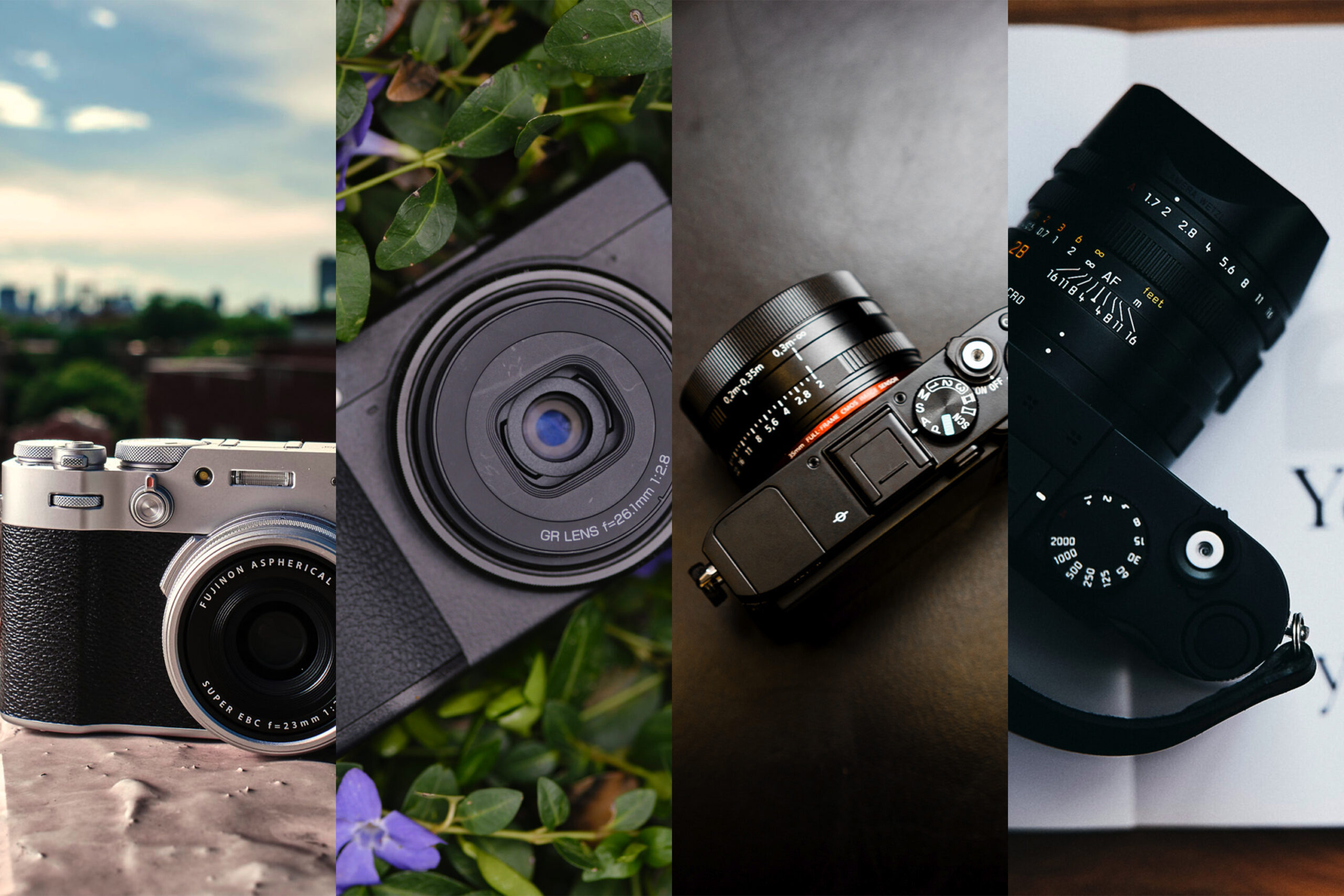Compared to the film compacts that we used to have in the 80s and 90s, digital compact cameras are slightly larger in size. Much of that concerns the lack of retractable lenses in high-performing, smaller-sized, fixed-lens digital cameras these days. So while you can’t call these cameras pocket-sized, they’re still considerably more compact than most entry-level APS-C digital models. We look at how the Fujifilm X100V, the Ricoh GR IIIx, the Sony RX1r II, and the Leica Q3 all match up. So what’s the best compact camera?
If we look at our overall impressions of these four cameras, we find they all had varying strengths and weaknesses. The Fujifilm X100V however, coming from a long line of winners from the brand, really took our breath away. Aside from the quick draining battery life, we really didn’t have too many qualms about this camera. In our review, we said:
“The Fujifilm X100v is the closest thing that we have to a perfect point-and-shoot on the market. It’s got great autofocus capabilities, wonderful image quality, weather sealing, a revamped lens, and a simple interface. What more could you need?”
We love what Ricoh is doing with its GR series of cameras and honestly wish more brands would follow suit. The Ricoh GR IIIx is a street photographer’s delight and is probably the most compact of the four cameras here.
The Ricoh GR IIIx is a camera that isn’t trying to be everything to everybody — and as a result, it does an exceptional job at the type of photographs it was designed for. The series has long been appreciated by street photographers, and that’s no different with the latest iteration. The camera is compact and inconspicuous, yet it packs a large sensor and sharp lens, creating swoon-worthy images
Sony’s RX1r II is the oldest of the four in the running for the Best Compact Camera. And they only have themselves to blame for not having updated this lineup since November 2015. When it launched, it was quite a newsmaker, with the world’s first optical variable low-pass filter and quick autofocus. It’s probably their more premium CyberShot camera. Price and ergonomics aside, we had no real complaints. It performed great during our tests:
“The Sony Rx1r II is a camera that crams a lot into a small package. You’ve got a 35mm f2 lens, a 42MP full frame sensor, a beautiful EVF and WiFi built in. What more do you need? On paper: you need nothing more.”
Keeping things simple (but expectedly pricey) is Leica’s latest Q series model, the Leica Q3. It’s not a camera for those oriented towards action and fast-paced subjects. But we still found it to be a camera that delivered top-notch results.
“The Leica Q3 is for the photographer who values ergonomics and image quality inside a compact, simple body. Photographers from street to lifestyle portrait artists will love the mix of sharpness and bokeh — and of course, the colors. The Leica Q3 is a joy to use and is likely even more loved than the Q2.”
Table of Contents
Focal Lengths And Megapixels
In terms of full-frame equivalent focal lengths, we aren’t comparing apples to apples here. Still, all four of these compact cameras are roughly in the same field of view.
The Fujifilm X100v uses a 23mm Fujinon f2 lens. Since it uses a 26.1mp APS-C sensor, this equates to a field of view of approximately 35mm on a full-frame sensor. It is the quintessential focal length for street photography purists.
Ricoh’s GR IIIx is the only other camera in this list with a 24.1mp APS-C sensor, sporting a 26.1mm f2.8 lens. This is a tighter field of view, the most zoomed-in of the four, at approximately 40mm on a full-frame sensor.
The Sony Rx1r II uses a 42.4mp CMOS full-frame sensor with a ZEISS® Sonnar T* 35mm f2 lens.
Leica’s Q3 is the widest, fastest, and highest resolution of the lot, boasting a Summilux 28mm f1.7 lens for its 60-megapixel sensor.
Best Compact Camera Battle: Innovations
Here, we’ll talk about the various innovations these cameras brought at their times of launch.
Finally, Weather Sealing
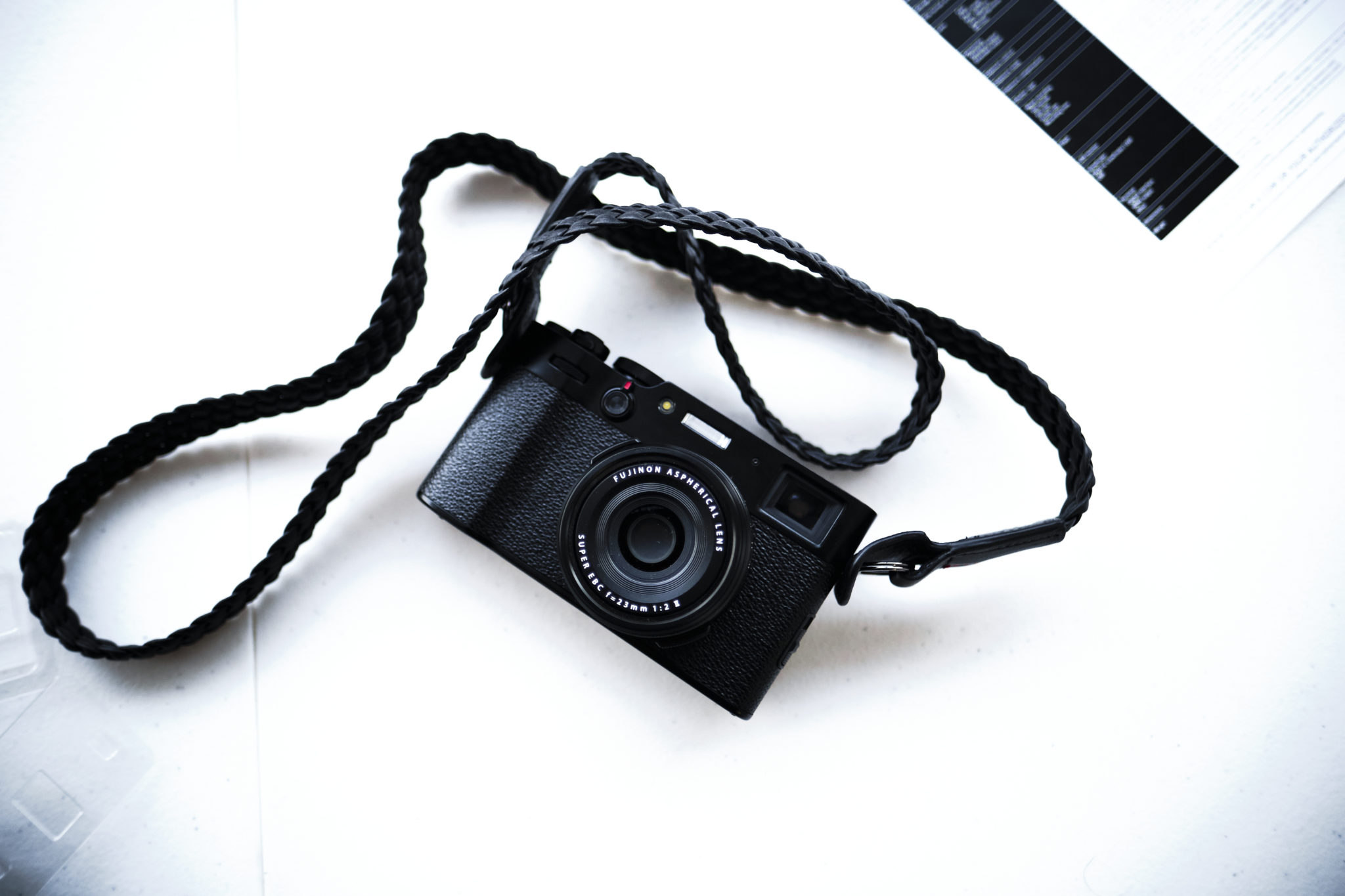
At least for the X100 series, weather sealing was a first in the Fujifilm X100V. Considering this is a camera mostly meant for street photography, we’re glad Fujifilm finally added this much-needed feature.
Narrower Field Of View
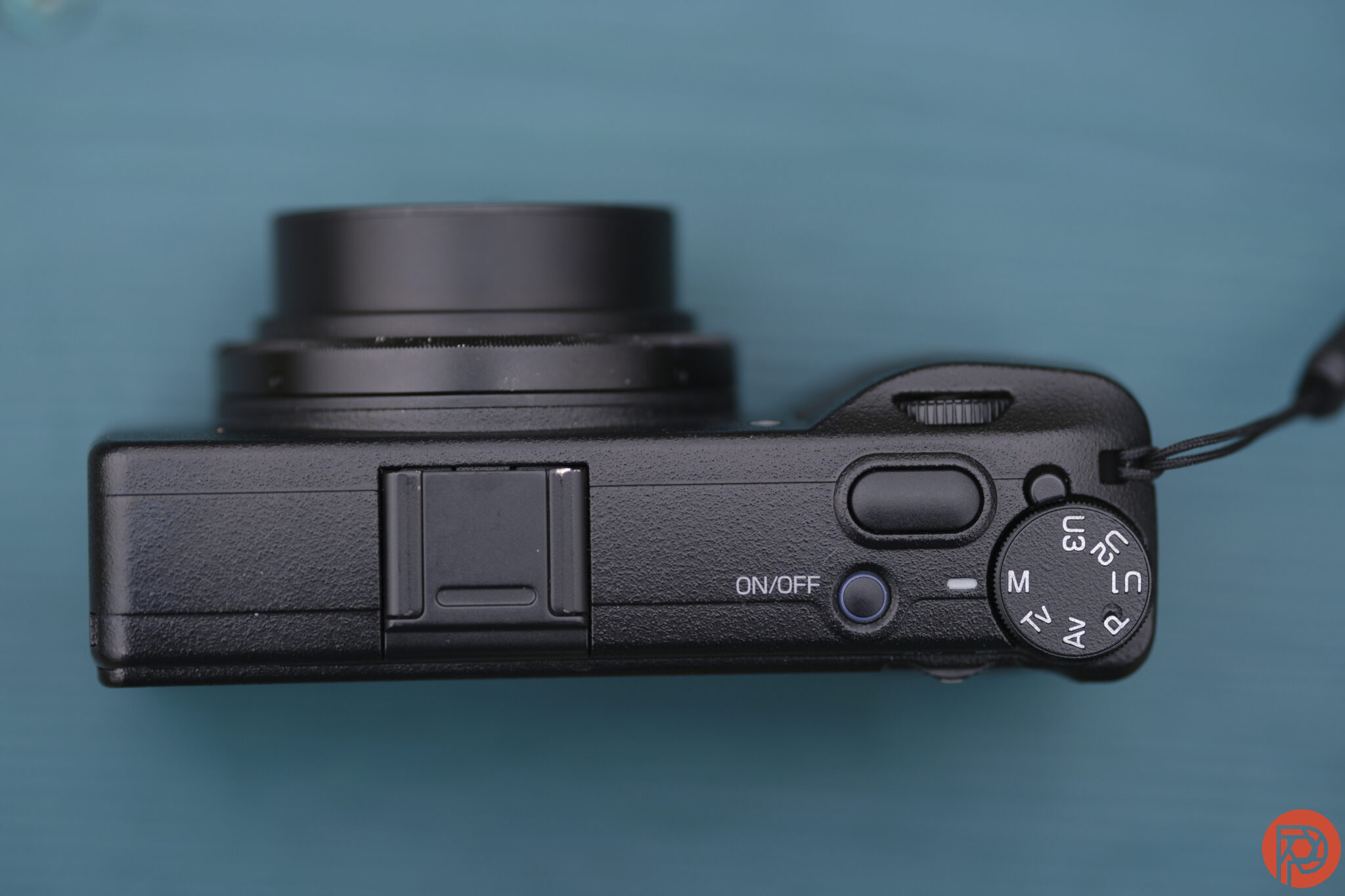
After three models of 28mm equivalent lenses, Ricoh finally went to a 40mm equivalent lens with the GR IIIx. I guess this was done to allow it to be used, on occasion, for street portraits too.
Flip It Up
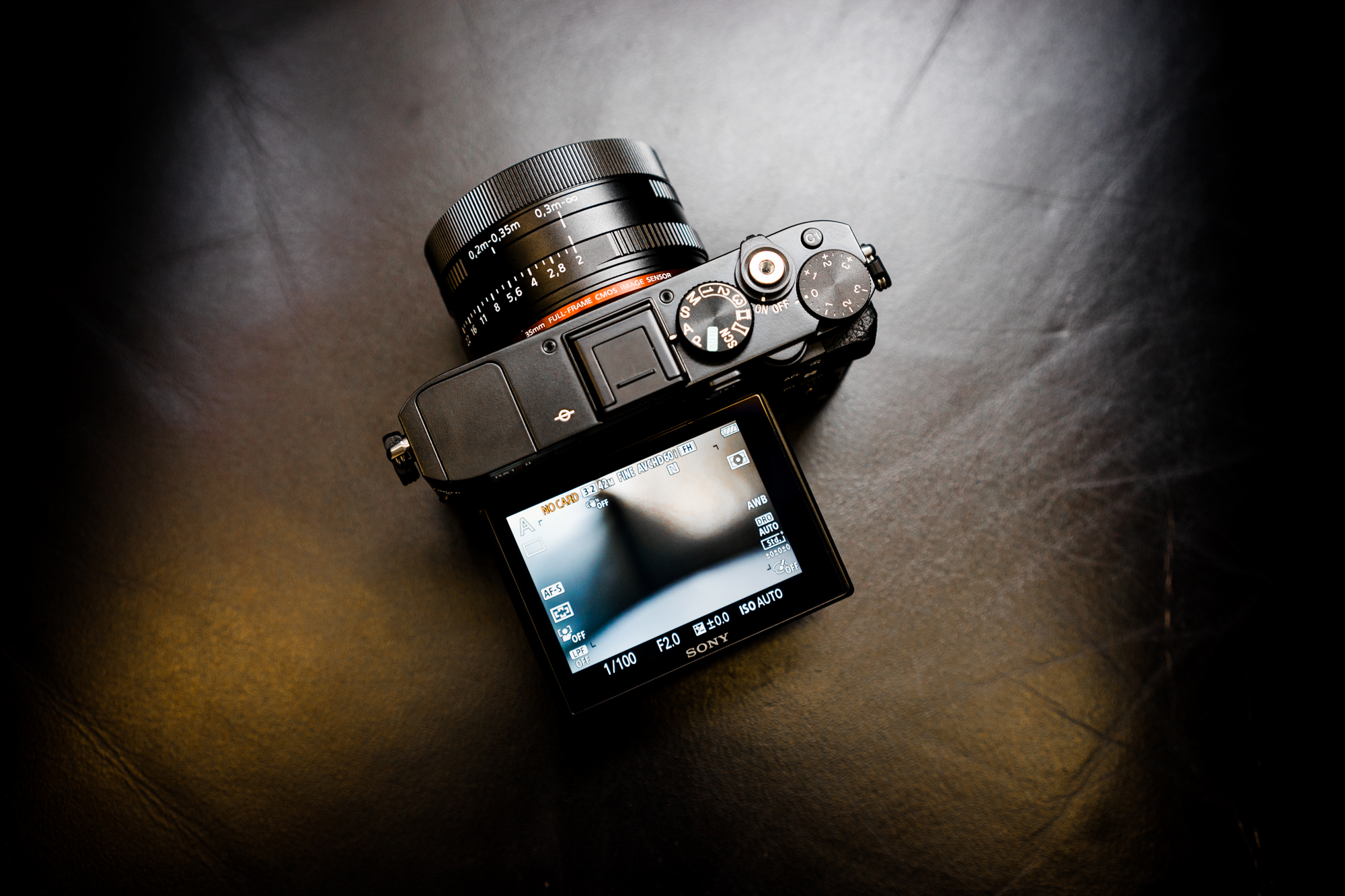
For a camera that costs over USD 3000, you’d think that Sony would give an LCD screen that tilts. They finally did after skipping this over in the predecessors of the RX1r II.
Charge It Wirelessly
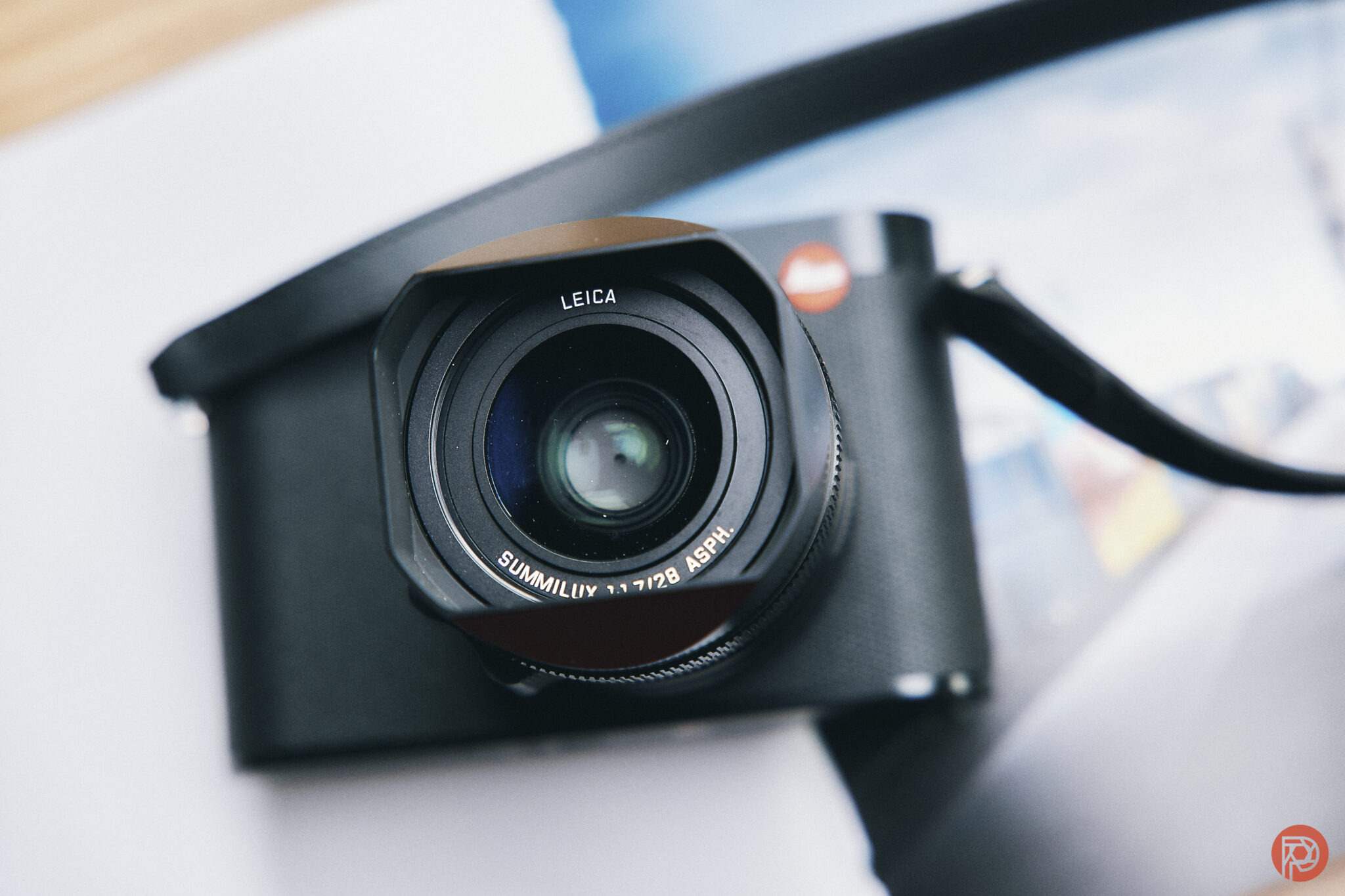
Okay, this feature still requires you to buy the Leica HG-Dc1 wireless charging handgrip accessory and a charging mat. It’s a neat trick to show off when hosting parties at your home, wouldn’t you say?
Best Compact Camera Battle: Ergonomics
They all look good, but do they feel good in your hands?
Same Same But Different
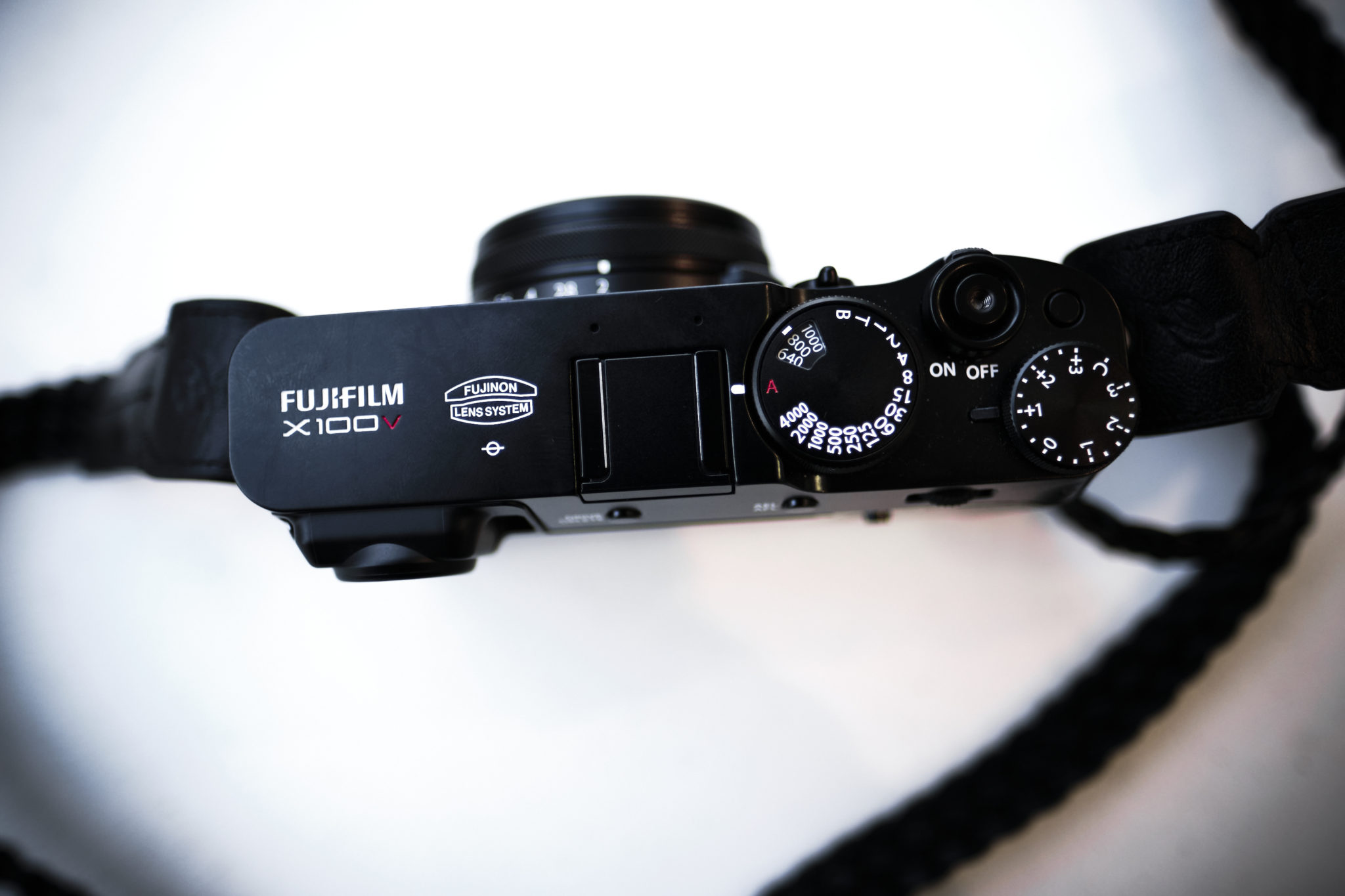
Despite adding a 2nd aspherical lens in the X100V, Fujifilm kept the lens down to the same size as that in the X100F. They also made life easier for you by adjusting the way the ISO dial works. Instead of lifting it and turning, you’ll just lift, and it will stay raised. Then you can turn the knob to the value you desire without worrying about having to continuously hold up the knob. A simple but effective change.
Inconspicuous And Unpretentious

The Ricoh GR IIIx is meant to be an unobtrusive camera. Thanks to the lack of a viewfinder, it isn’t much bigger than a smartphone. You’d hardly attract attention if you pulled it out and snapped away in public. If only they’d added tilt capabilities to the LCD
Pop Eye

How can you not fall in love with that pop-up eyepiece? It tucks away so easily too (although you’d have to wonder how easily it can be replaced if damaged). There is no depth of field focusing scale on the lens. However, a very nice aperture ring and a smooth manual focus ring exist.
Tilting Goodness
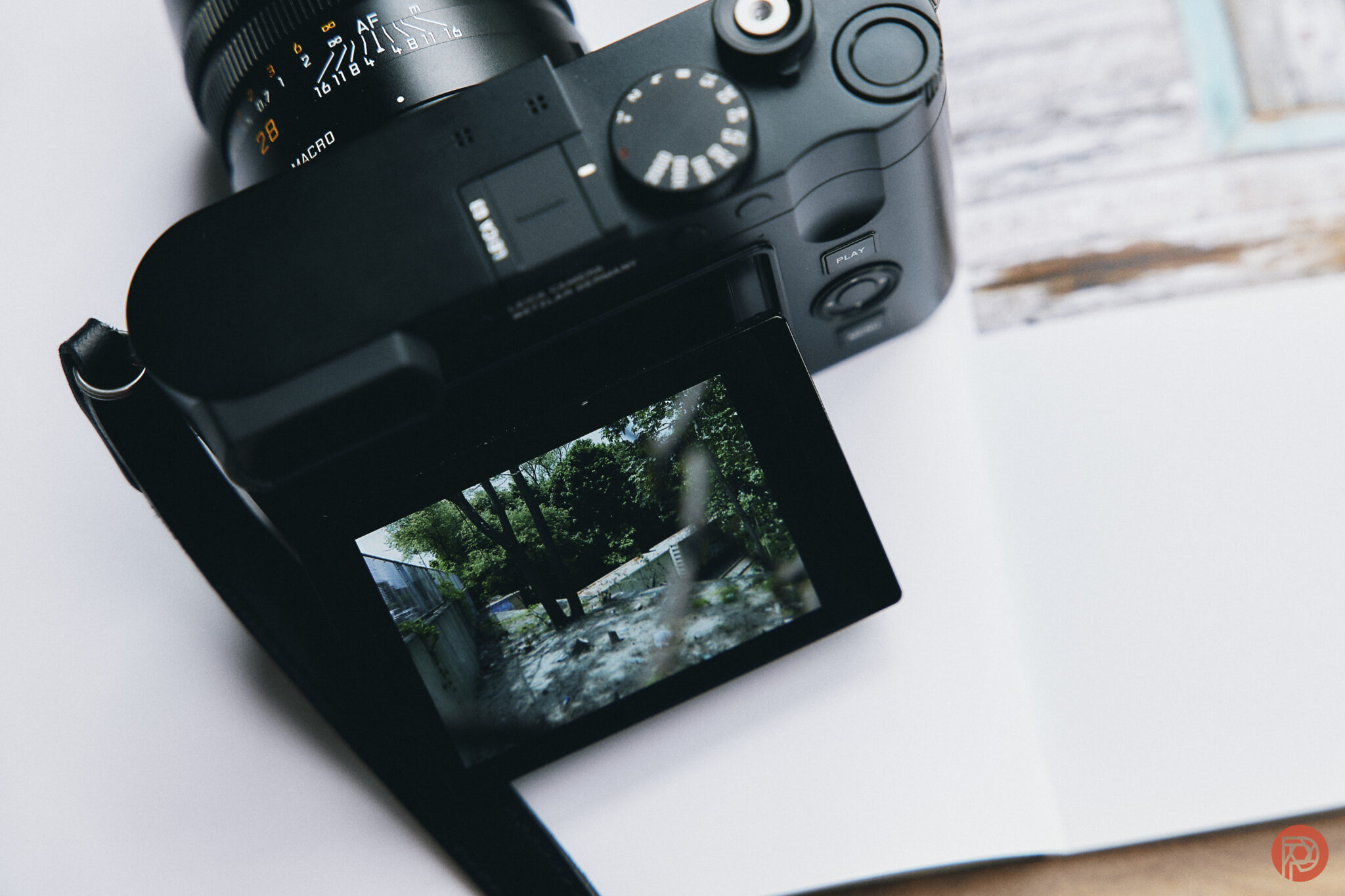
Visually, telling the Leica Q3 apart from previous models in the series would be tough. They’ve added a tilting LCD to help with your zone focusing while using this camera.
Best Compact Camera Battle: Build Quality
How do these cameras hold up outside their comfort zones?
Almost Weather Sealed
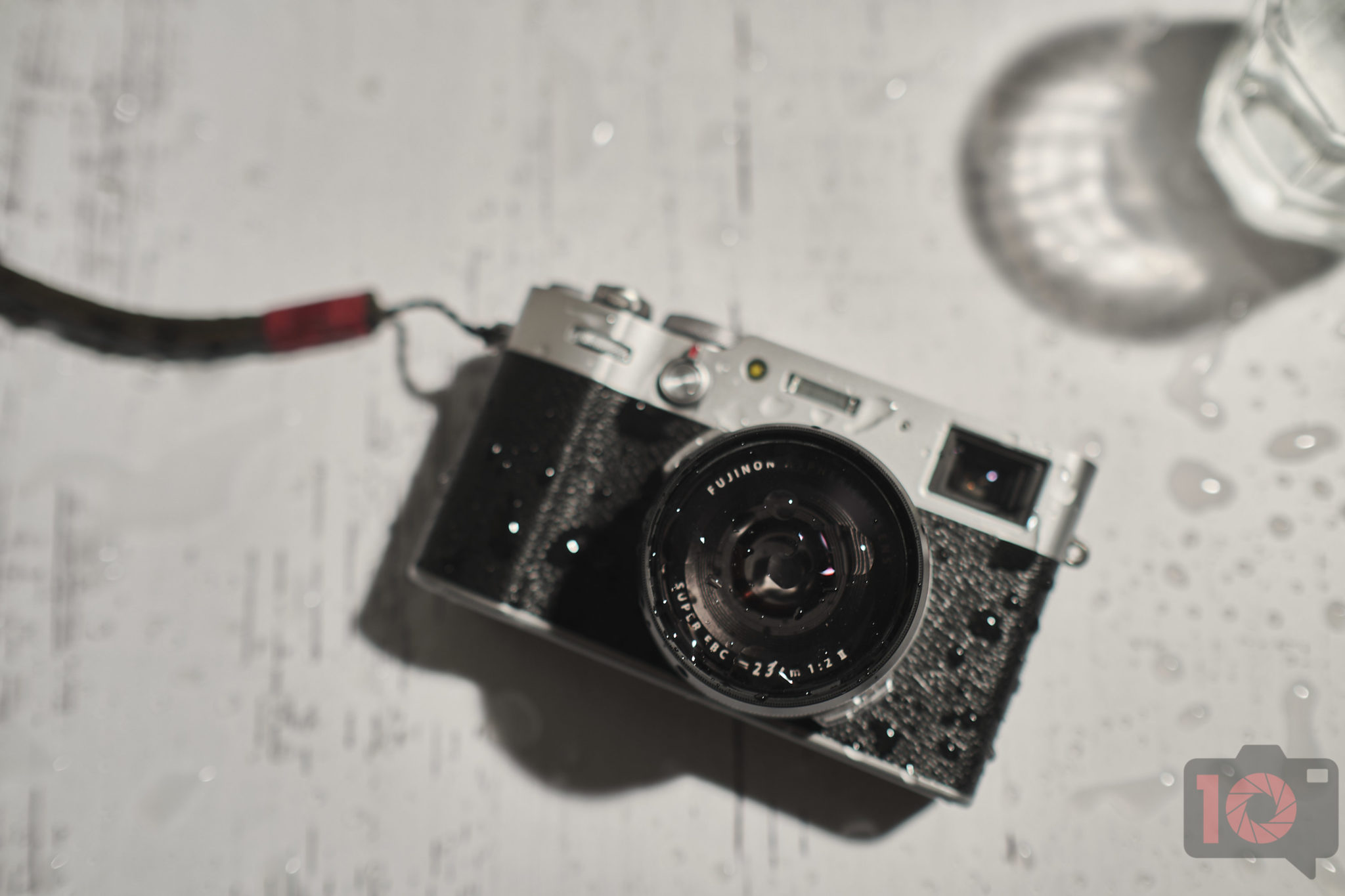
The only place where the Fujifilm X100V isn’t sealed is at the lens. This was done to keep the size the same as the compact X100F. To complete the weather sealing all around, you need to get their filter adapter ring and attach a lens filter.
Why Why Why
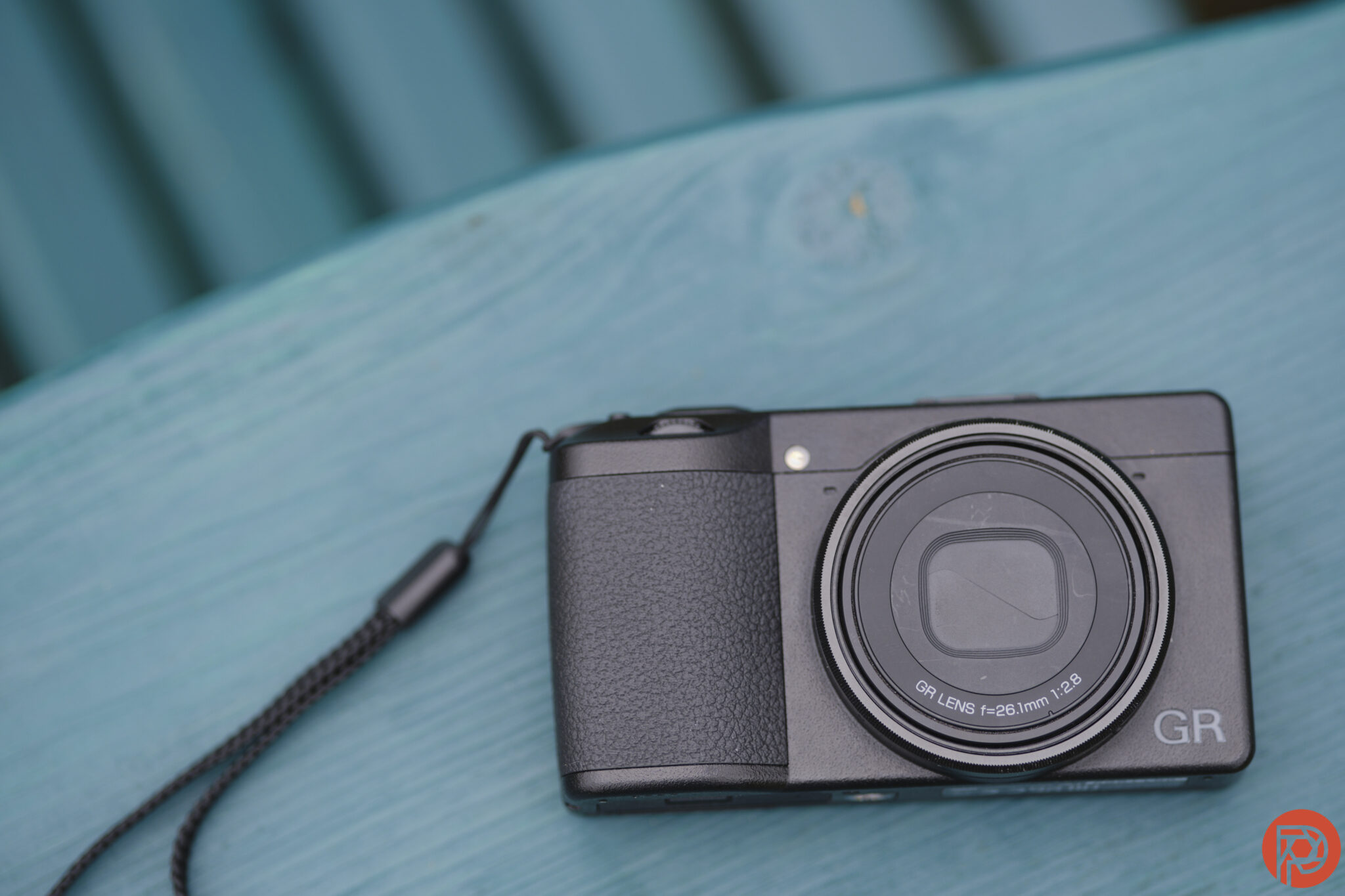
For a camera that’s aimed primarily at street photographers, you’d think Ricoh would have added some level of weather sealing in the GR IIIx. Unfortunately not, and we wouldn’t recommend taking this camera out in the rain without an umbrella. A real shame as the textured grip and magnesium alloy body make this a delightful camera to hold
Nothing At All
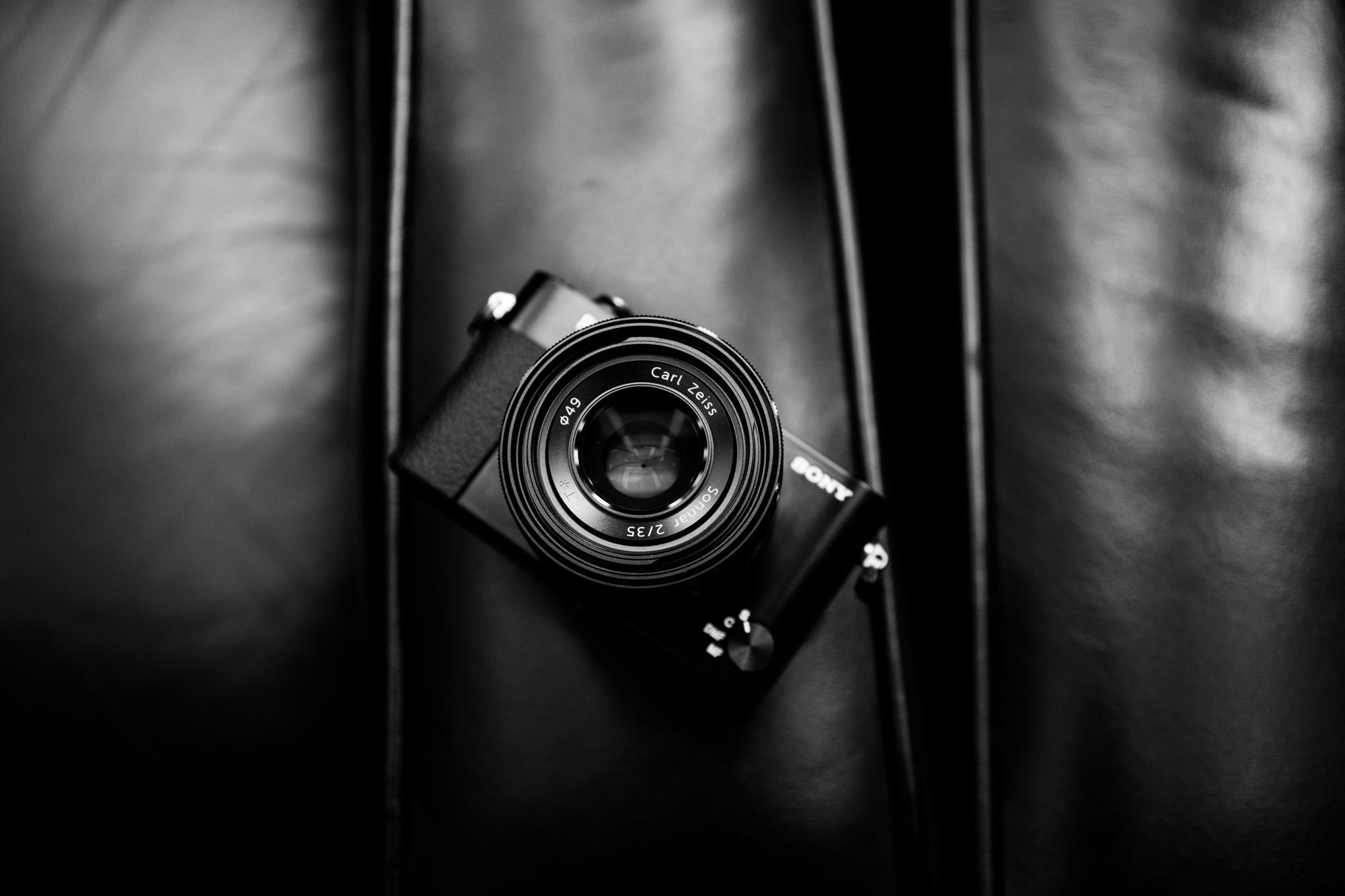
For a camera of this price, you have to question why Sony added no weather sealing. That’s a massive oversight in my opinion, especially when this is aimed at people who have money to splurge. If weather sealing is absolutely essential for you, we’d recommend getting the Sony A7cR
Top Notch Protection
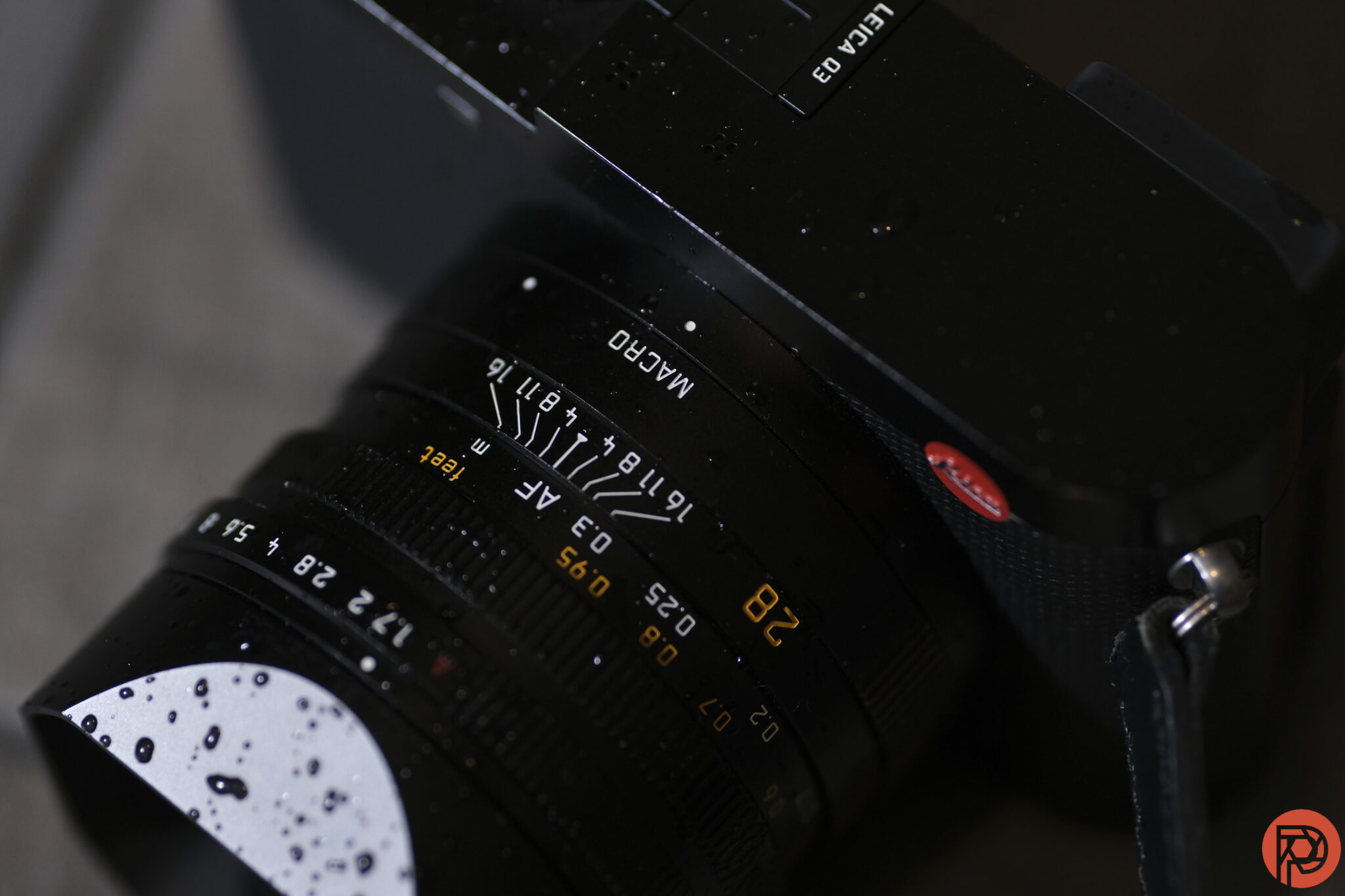
IP52-rated is a weatherproofing spec often given to smartphones and is the second-highest possible seal against dust. It also means the Leica Q3 is protected from water falling from above (like rain), but not from the sides. With this level of protection, even photojournalists in harsh conditions won’t shy away from using this camera in the field.
Best Compact Camera Battle: Ease Of Use
Here are some key points on how user-friendly these cameras are (or aren’t).
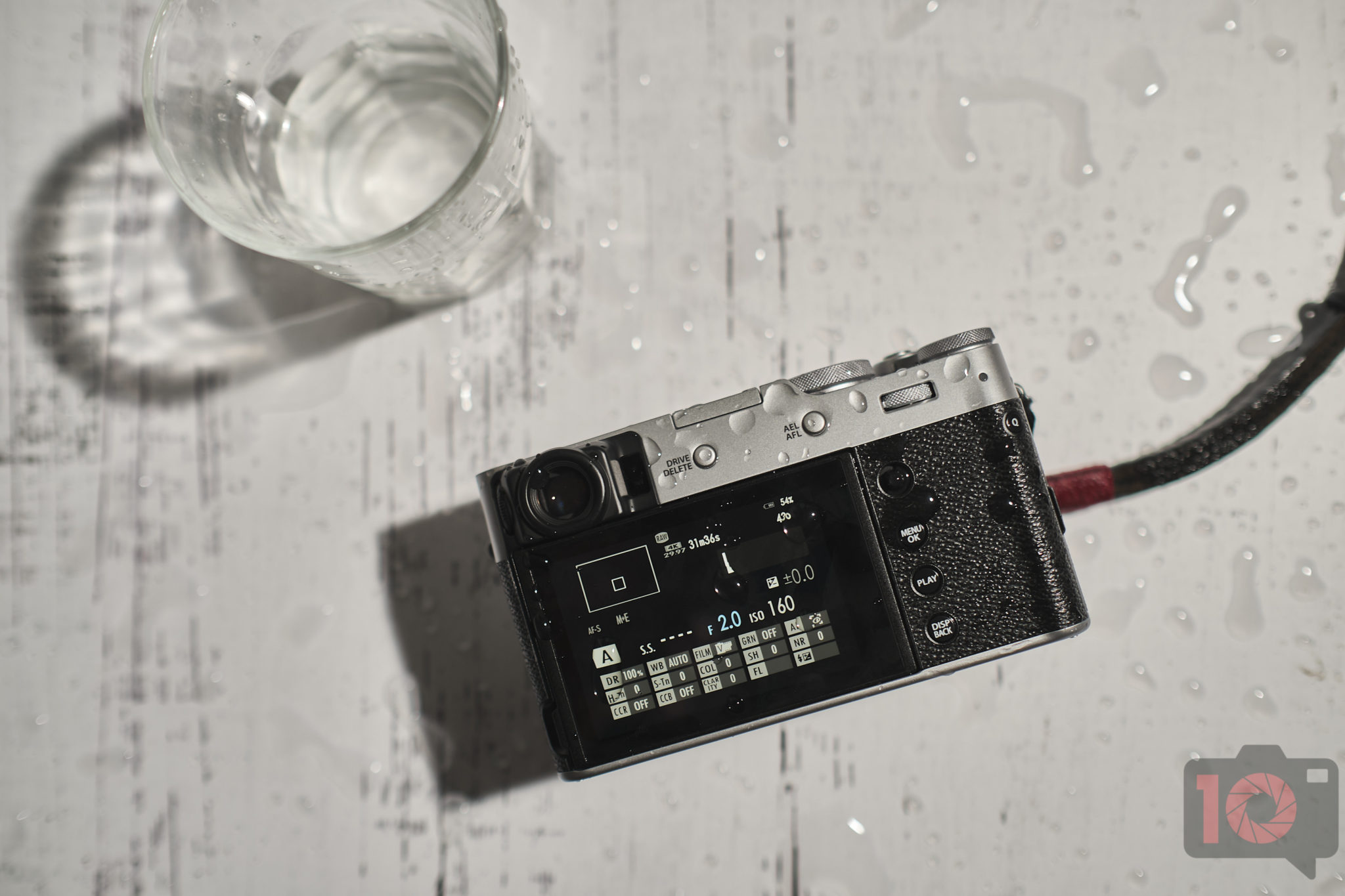
It’s baffling why Fujifilm has a touchscreen-capable LCD on the X100V, but it won’t allow you to use this while navigating the menu. It really messes with you when your mind has to retain that you must use the joystick for menu navigation instead of your fingers.
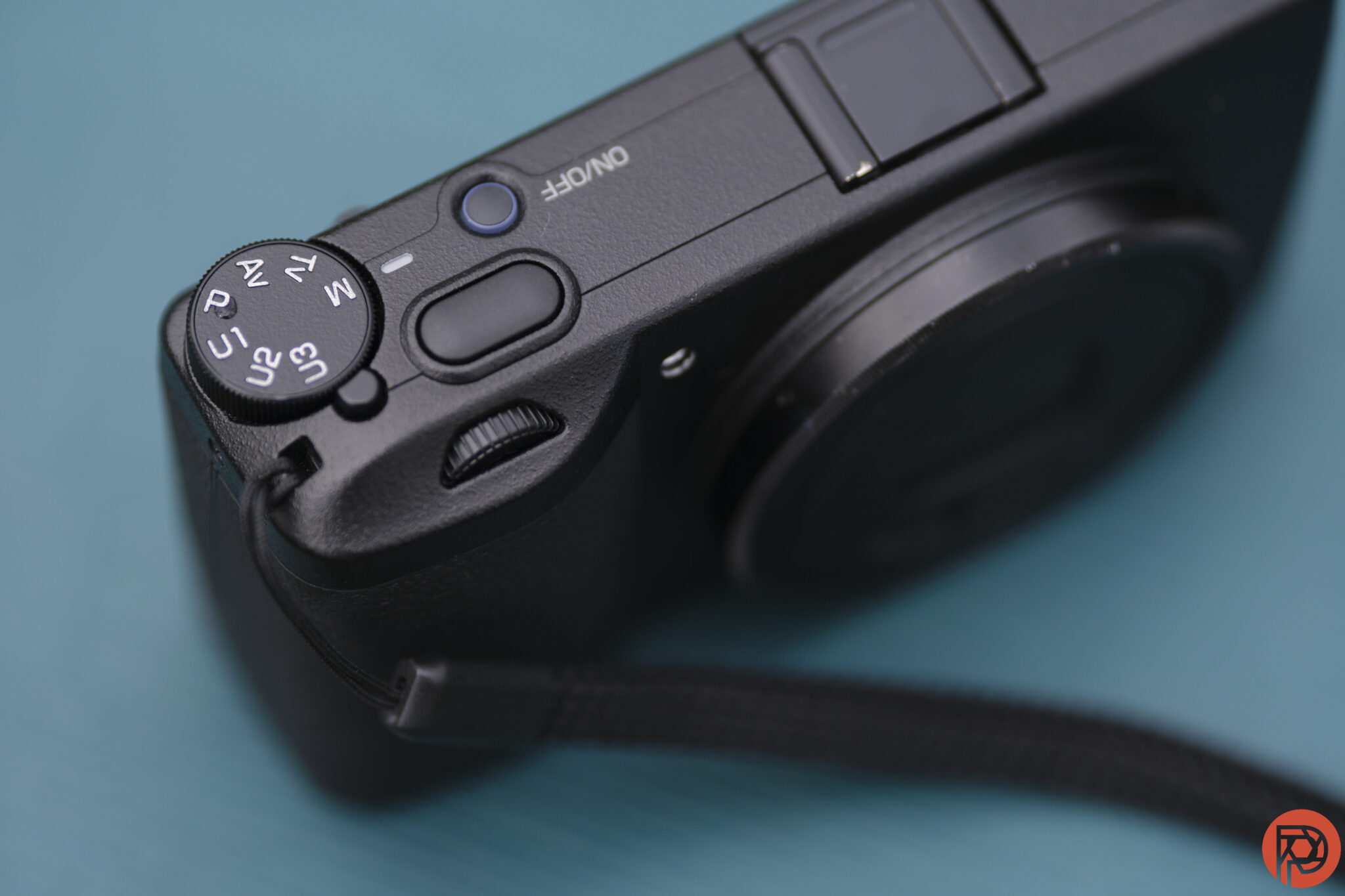
The lack of an auto mode clearly indicates that Ricoh’s GR IIIx isn’t meant for beginners. They give you a three-axis sensor-shift stabilization and a built-in 2-stop ND filter that you can turn on and off. Enjoy navigating through the user-friendly menu.
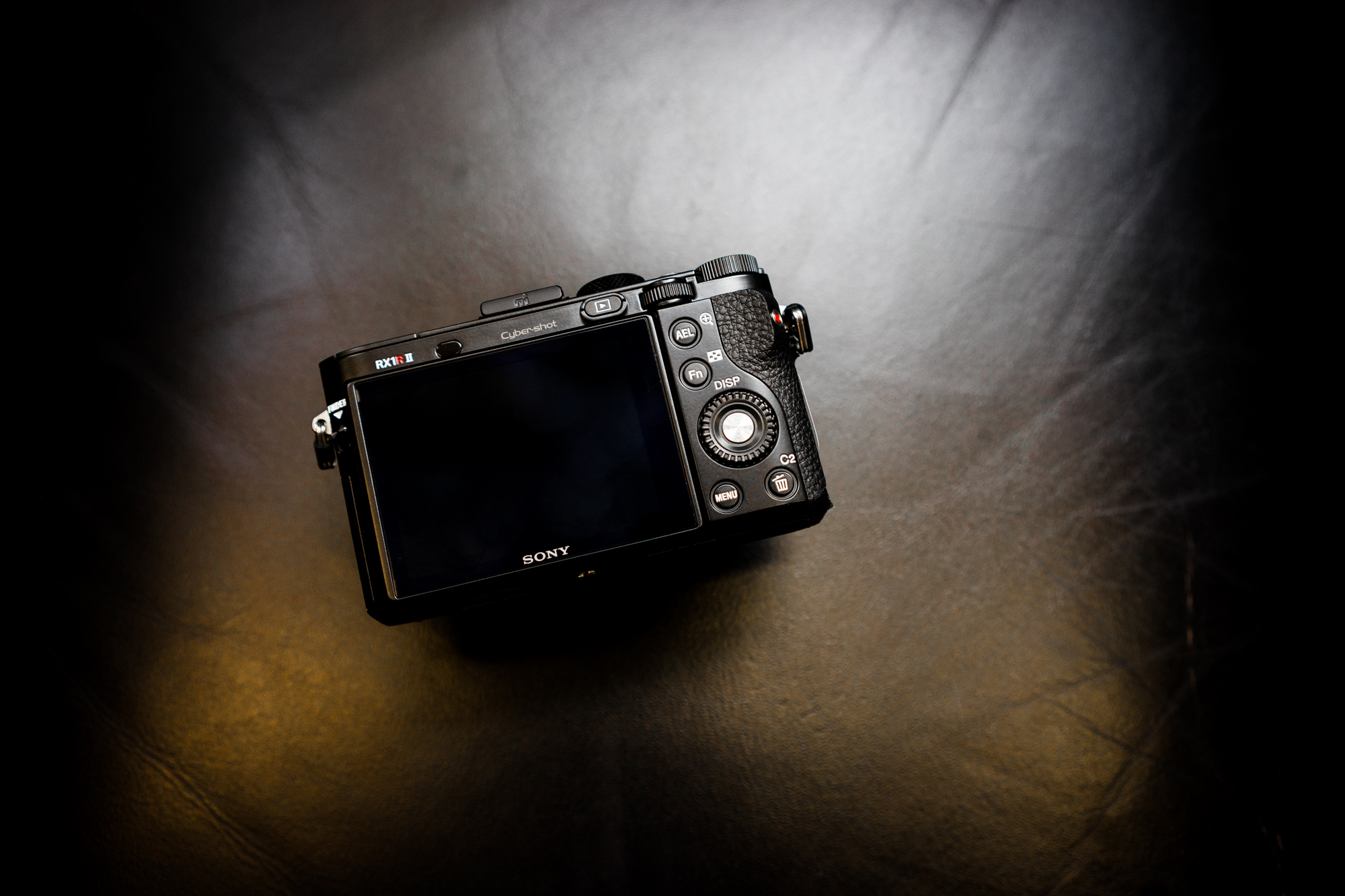
The RX1r II can take great pics, but you must exercise patience while handling it. Holding this isn’t always comfortable because of that small thumb grip at the back. It really should have been bigger like the ones on the a6000 series of cameras. Or of course, Sony could have made the whole camera bigger.
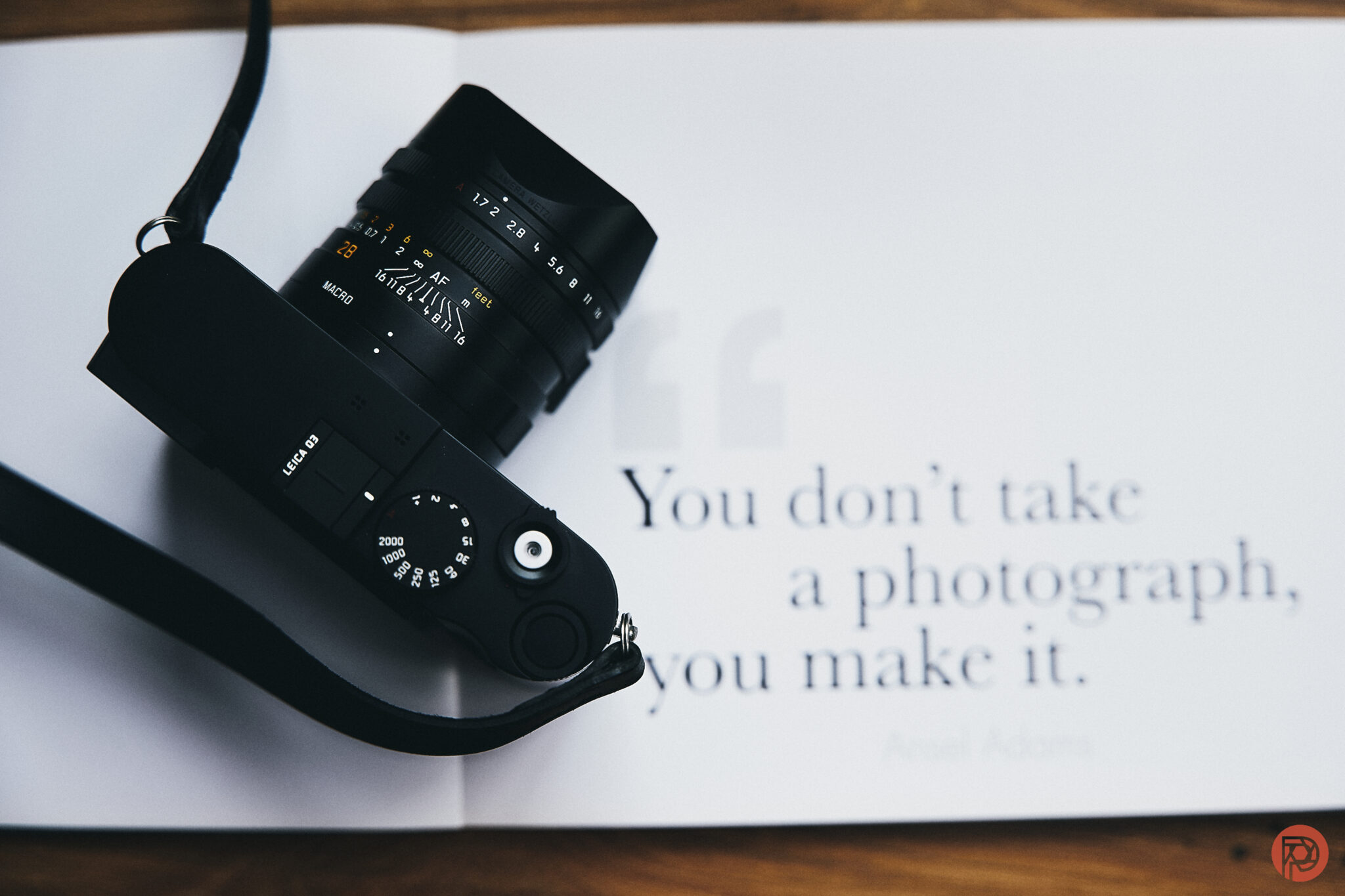
The Leica Q3 offers enough controls for you to play with but also keeps things simple simultaneously, allowing you to shoot without distracting from the moment. Unlike the X100V, the menu system here is touchscreen-enabled but not very friendly. The 15 fps burst mode is great but limited to fixed-focus situations.
Autofocus Comparison
This is what most of us are keen on knowing when shortlisting cameras nowadays.
The Best Compact Camera Can be Great In The Right Conditions
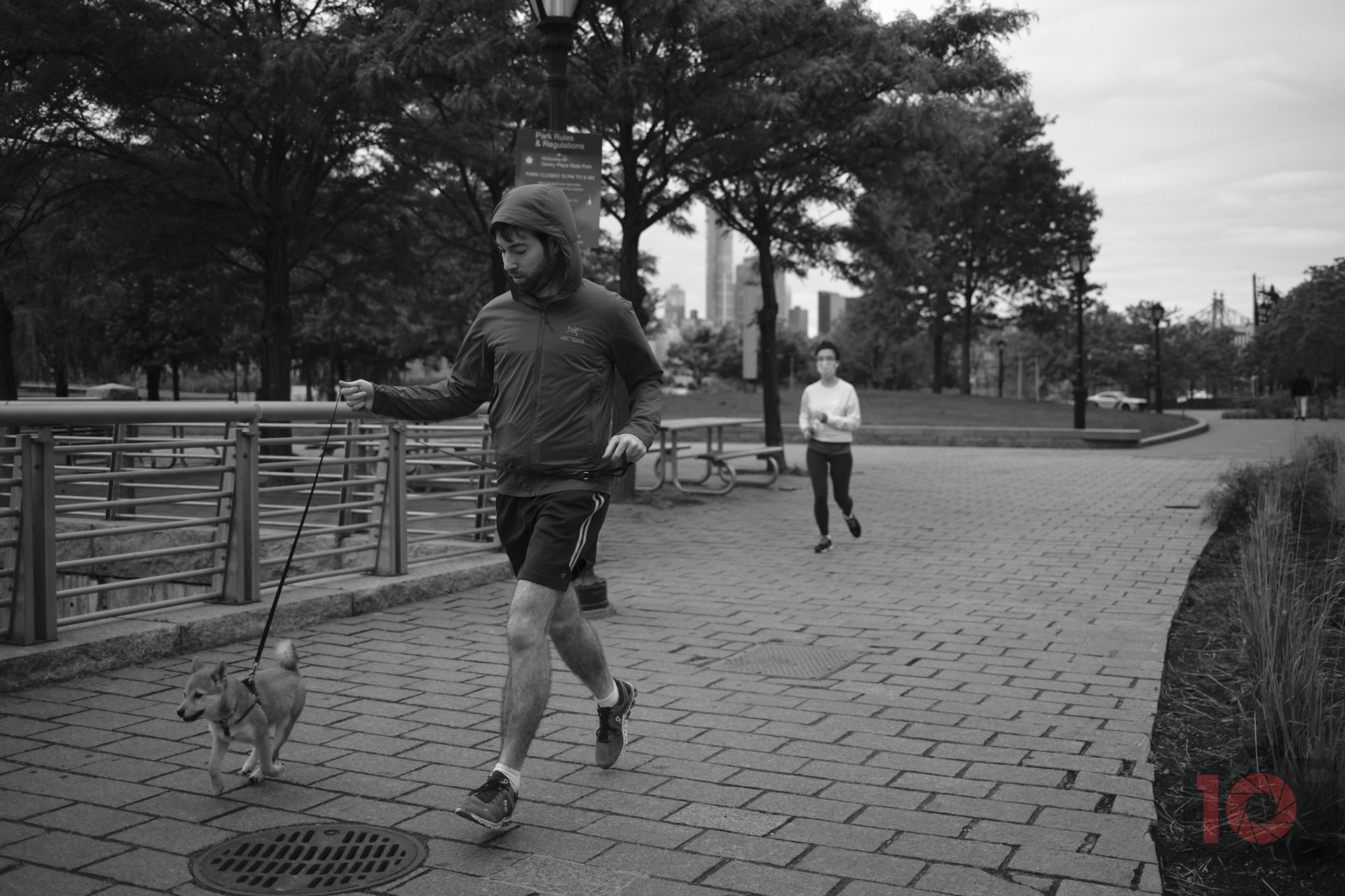
Whatever the lighting conditions, you’ll find that the Fuji X100V is a compact camera that is great at autofocusing. However we did observe some quirks in our tests. Like how the AF Wide + Tracking option is pretty useless unless you’re in AF-S mode. When tracking someone moving, you’d get more keepers using the Zone and AF-C option. It’s also slightly faster to focus in the OVF mode than the EVF mode.
Not For Action Shots
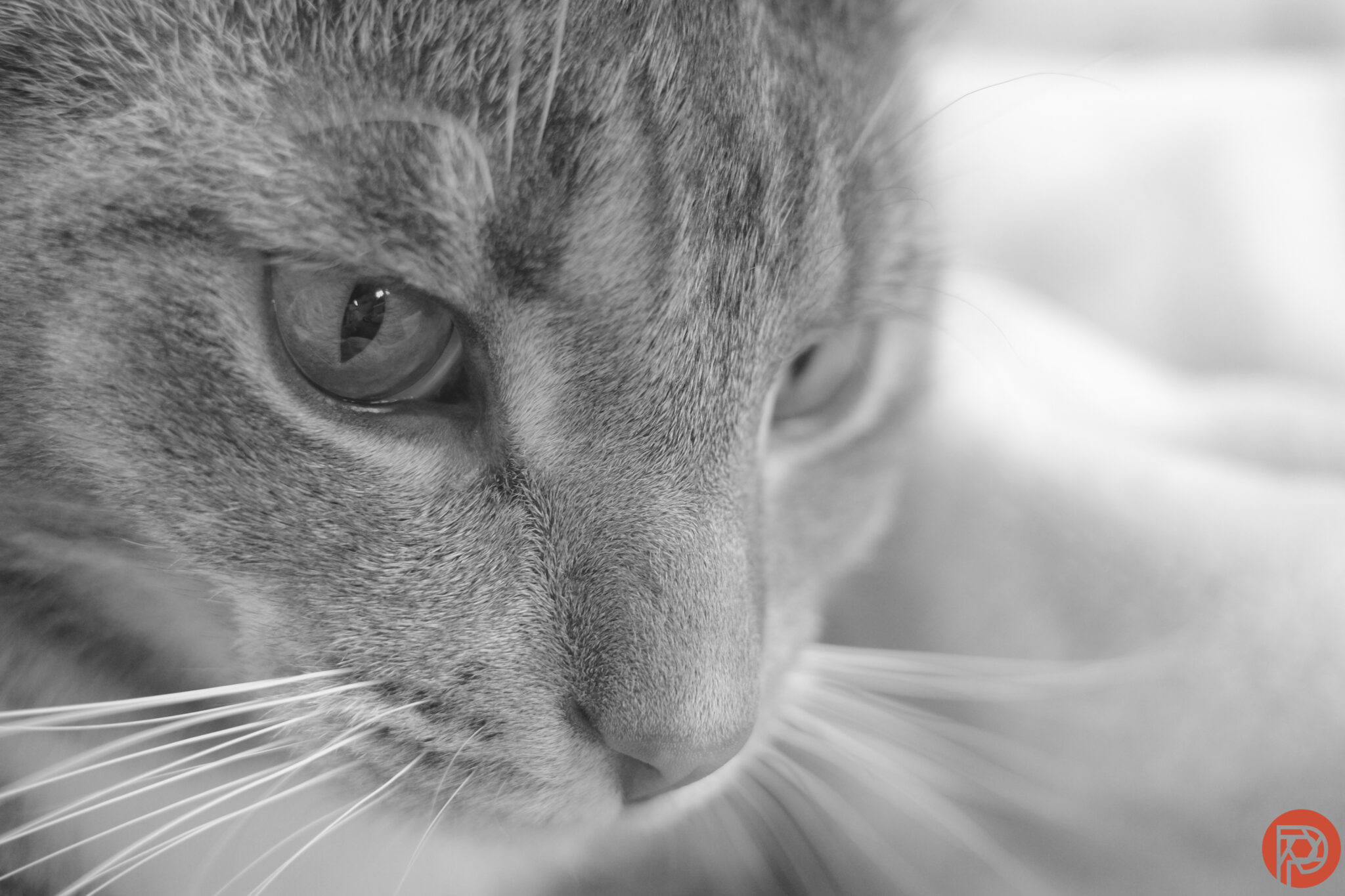
If the 4fps wasn’t a clear indicator for you that the Ricoh GR IIIx wasn’t for action, then the fact that you can’t turn off exposure preview should alert you to this. There is however an infinity autofocus mode, which counters the lack of a focus scale on the lens. If there’s enough contrast in dimly lit areas, the GR IIIx locks on fairly quickly to the subject.
Could Do Much Better
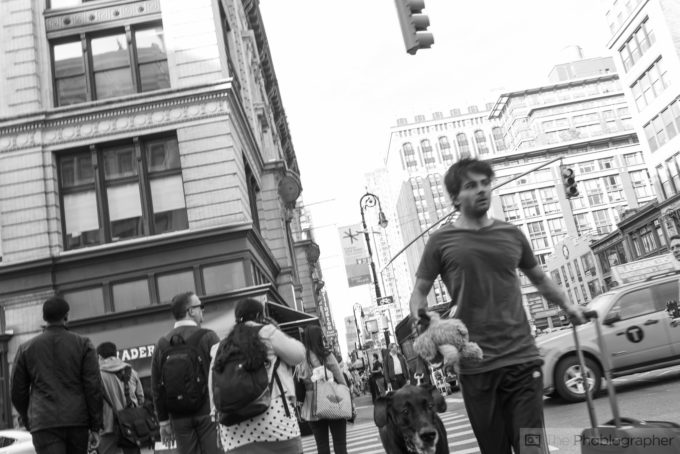
I’d skip the Sony RX1r II if moving subjects are your main priority. Just use the time-tested zone-focusing method in that case. We’re definitely aware that this would be a whole lot easier if the lens had a working depth of field scale.
Noticeable Improvements
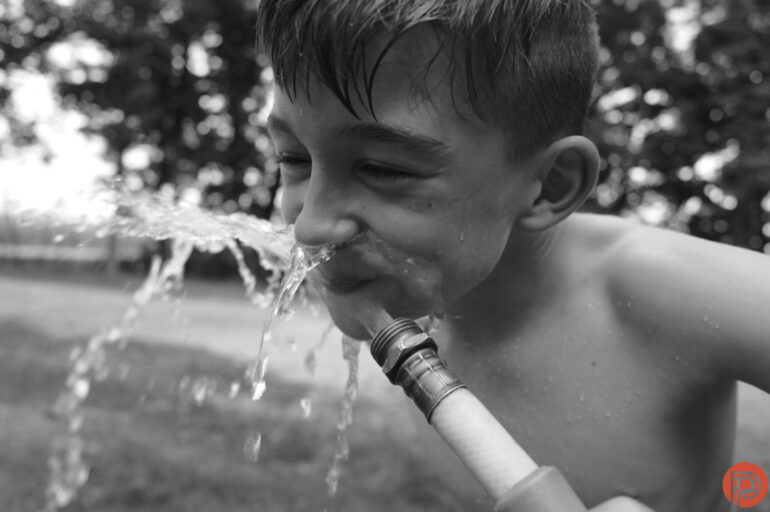
The Leica Q3 definitely locks on to subjects quicker than the Leica Q2 does. But, it does this best on light-colored subjects. Focus just doesn’t lock on as fast on people of color as easily as it does for fair-skinned folk. And if there’s too much backlighting, expect the Q3 to spend a lot of time focus hunting.
Best Compact Camera Battle: Image Quality
Do we have a winner?
Fujifilm X100V – Five Stars and Editor’s Choice Award
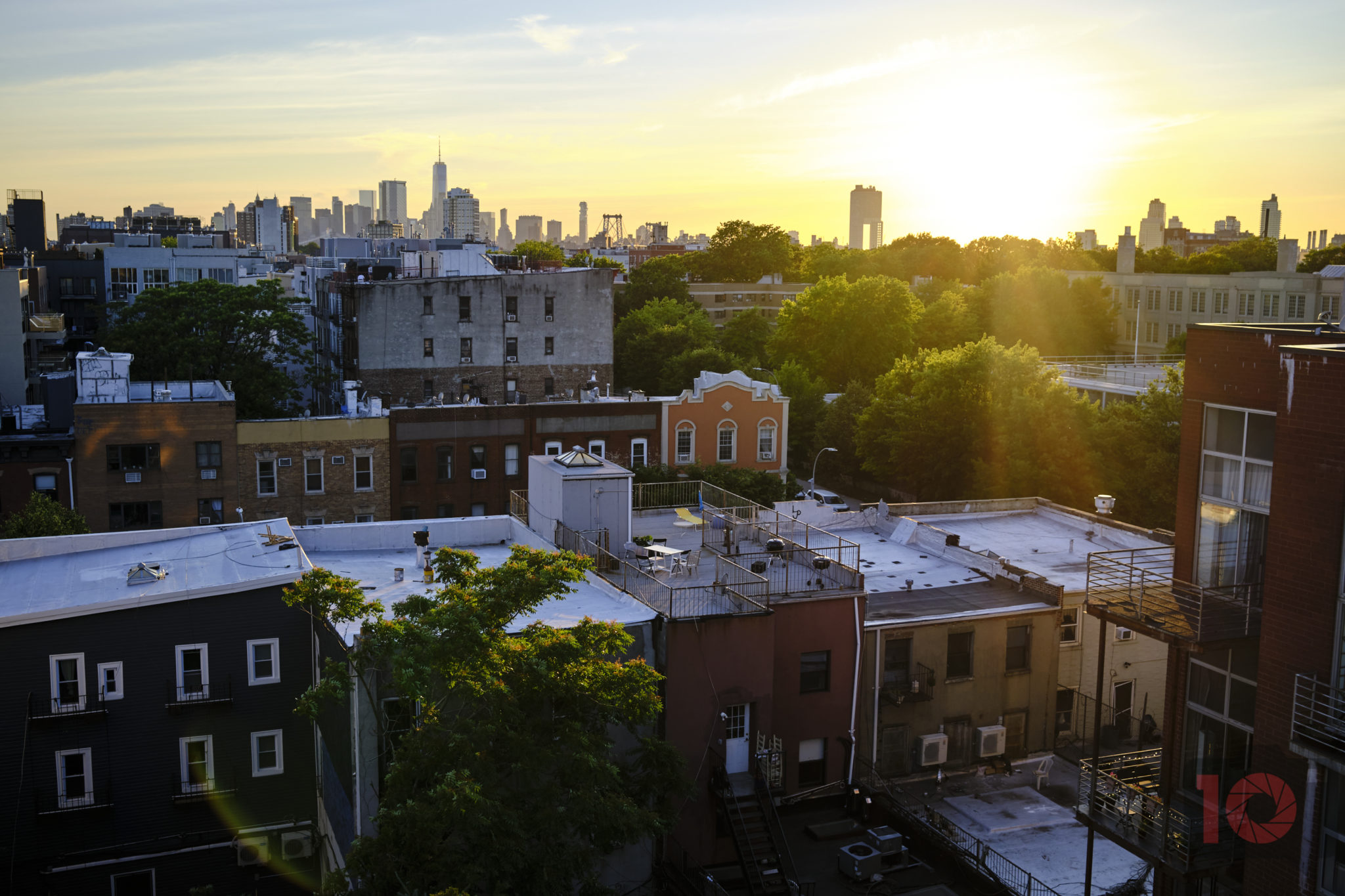
The Fujifilm X100v is the closest thing to a perfect compact camera on the market. You get those great film simulations that other camera brand owners salivate over, along with their latest APS-C X Trans sensor. High ISO output is excellent up to ISO 6400, not something that APS-C cameras a few years ago could be proud of saying. And if you want more than the great jpegs this camera gives you, you’d be more than pleased with the versatility of its RAW files. The sharpness of the newly revamped 23mm f2 adds to each image’s visual punch. With excellent autofocus capabilities, exceptional image quality, weather sealing, and a simple interface, what more could you ask for in a point-and-shoot today? Check out our gallery of images taken with the Fujifilm X100V here.
Ricoh GR IIIx – Four Stars
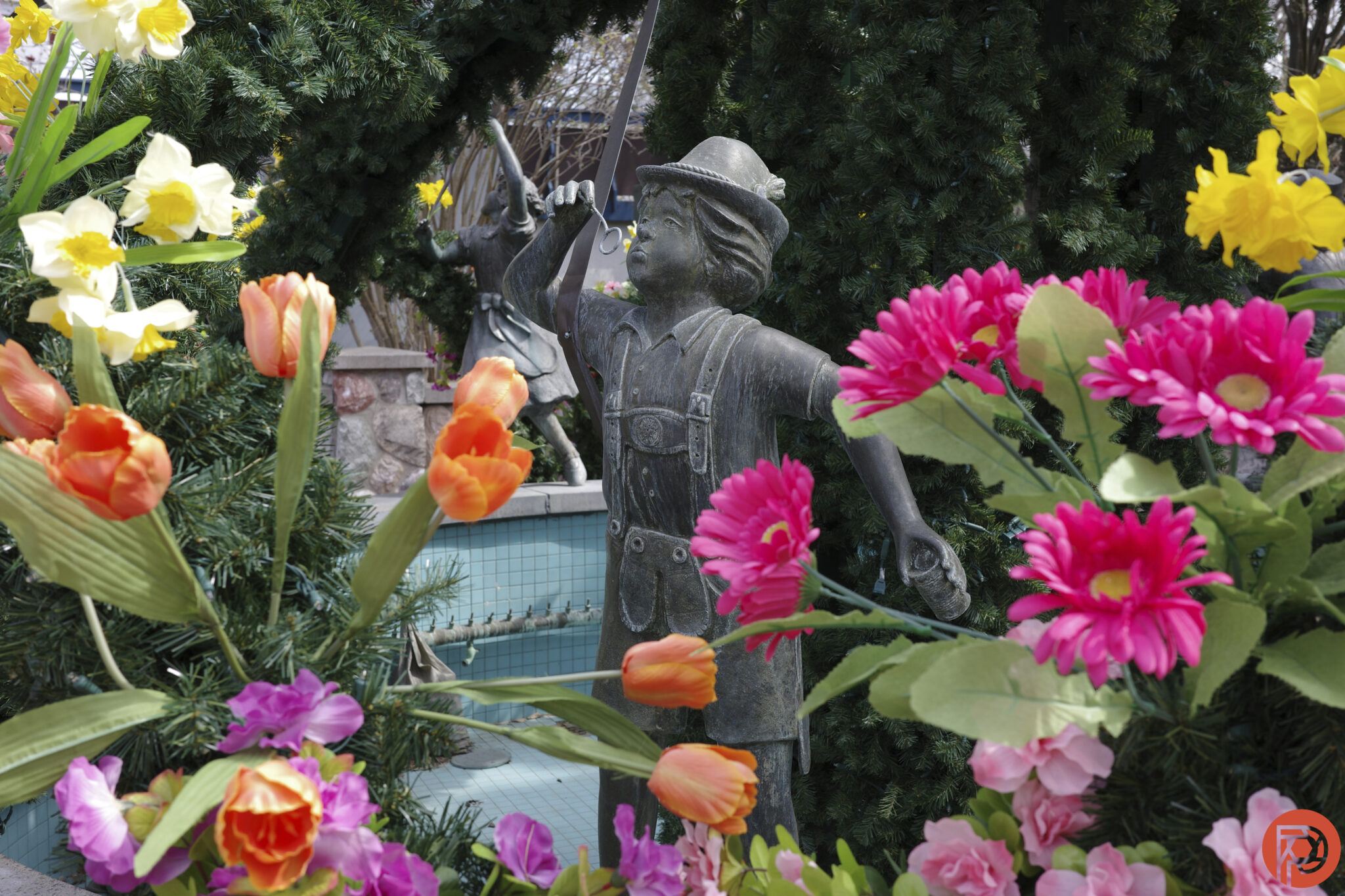
Many seasoned pros swear by this camera, and I think a lot of that has to do with how the GR IIIx creates great images from such a compact body. It’s an almost perfect camera that captures excellent color and has a lot of black-and-white profiles for the monochrome lover in you. Even at ISO 6400, the camera can create a sharp, printable image. In-camera noise reduction doesn’t generate a noticeable lack of sharpness until right around ISO 6400 and above. Expect to see visually pleasing film-like grain at higher ISOs. More images taken with the Ricoh GR IIIX can be seen here.
Sony Rx1r II – Four Stars
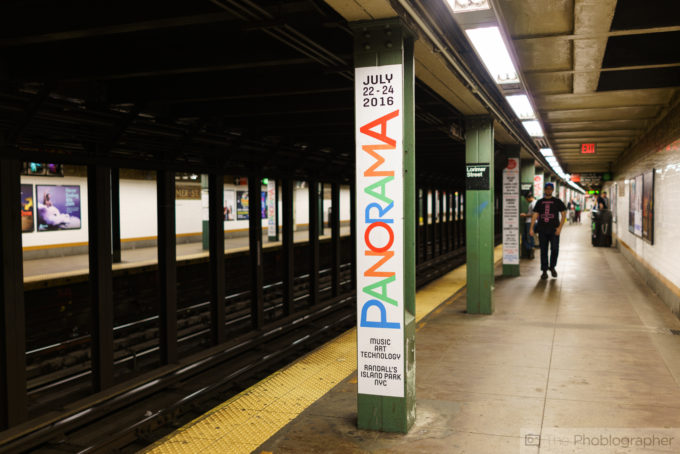
The Rx1r II packs a lot of tech into a compact body. But at times, it feels a little too compact for comfort. There’s that exceptional Zeiss 35mm f2 lens, a 42MP full-frame sensor, a beautiful pop-up EVF, and built-in WiFi. High ISO output is surprisingly good for a 40+MP camera sensor. And you’ll love the colors that come out of the jpegs without requiring frequent edits. Raw file versatility is pretty impressive for a camera that came out a few years ago. We only wish the autofocus was snappier to help us track moving subjects better. See more images taken with the Sony Rx1r II here.
Leica Q3 – Four Stars
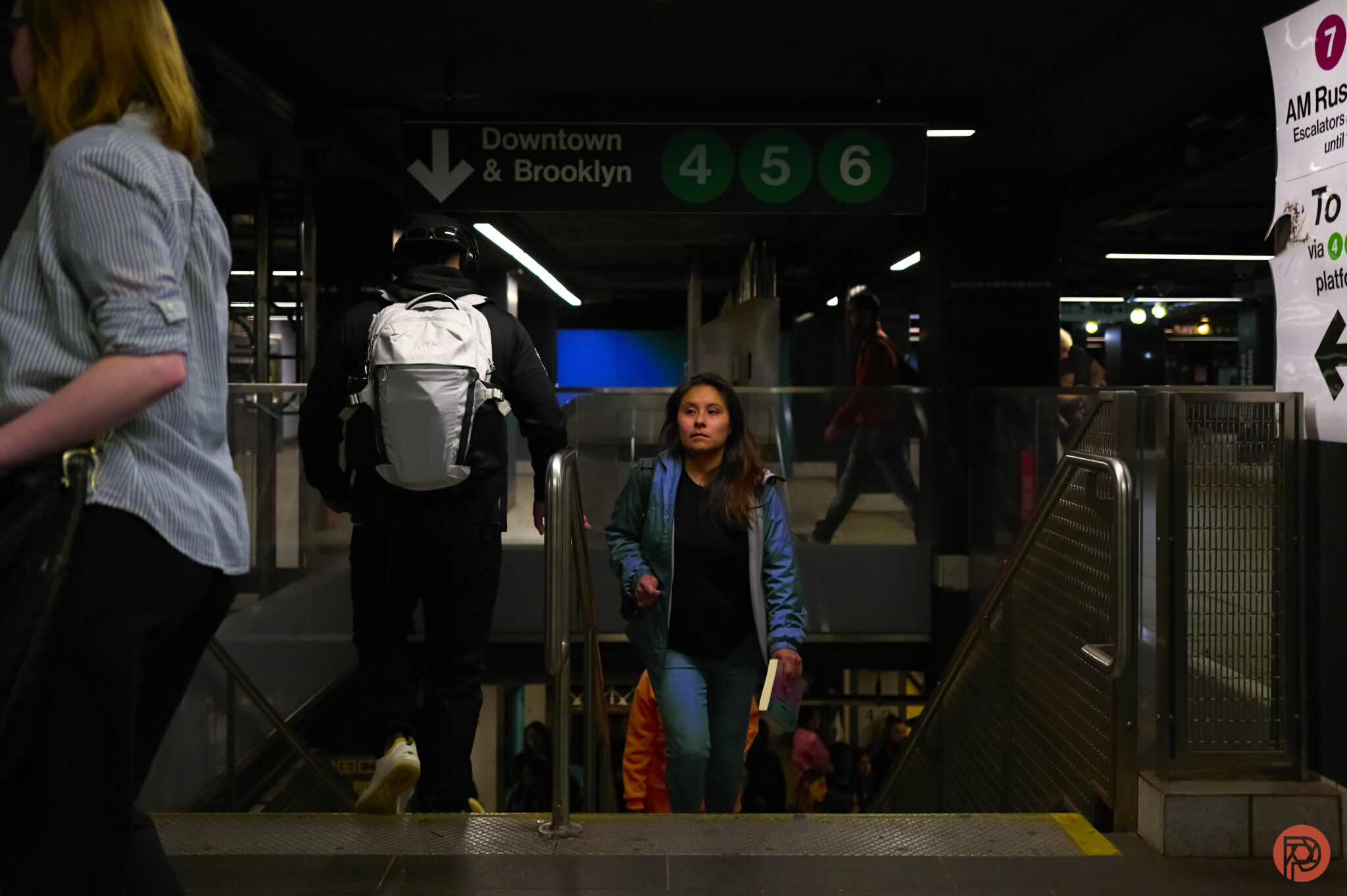
Vivid colors, creamy bokeh, and sharply detailed subjects are the primary reasons you’d spend so much money to get your Leica Q3. Images look great straight from the camera, and black and whites will delight you to no end. ISO 1600 images have subtle grain, and ISO 6400 still maintains an acceptable amount of noise for a 60-megapixel sensor camera. There’s a lot of pristine, crisp detail before your images fade to that smooth bokeh. Messed up your image settings? The RAW files can ensure you can almost always recover shadows and highlights perfectly. But while the images and the camera are lovely, there are better-performing cameras out there – for half the cost. Take a look at our Leica Q3 image gallery here.
Tech Specs Comparison
| Fujifilm X100V | Ricoh GR IIIx | Sony RX1r II | Leica Q3 | |
| Megapixels (effective) | 26 | 24 | 42 | 60 |
| Image Stabilization | No | Sensor-Shift, 4 stops | No | Yes |
| ISO Range | 160 to 12800 (Extended: 80-51200) | 100 to 102400 | 100 to 25600 (Extended: 50 – 102400) | 50 to 100000 |
| Max shutter speed | 1/4000 (mechanical) 1/32000 (electronic) | 1/4000 | 1/4000 | 1/2000 (mechanical) 1/16000 (electronic) |
| Exposure Compensation | -5 to +5 EV | -5 to +5 EV | -5 to +5 EV | -2 to +2 EV |
| Continuous Shooting (stills) | 11 fps | 4 fps | 5 fps | 15 fps |
| Autofocus Points | 425 | NA | 399 | 315 |
| Viewfinder Resolution | 3.69 million dots | NA | 2.35 million dots | 5.76 million dots |
| LCD size | 3 inch tilting, 1.62 million Dots | 3 inch fixed, 1.03 million dots | 3 inch tilting, 1.22 million dots | 3 inch tilting, 1.8 million dots |
| Card slot(s) | SD card | SD card | SD card | SD card |
| Dimensions (W x H x D) | 5 x 2.9 x 2″ | 4.2 x 2.4 x 1.4″ | 4.4 × 2.5 × 2.8″ | 5.1 x 3 x 3.6” |
| Weight (Body Only) | 428g / 15.1oz | 227g (8oz) | 480 g (16.9oz) | 658 g (23.2oz) |


